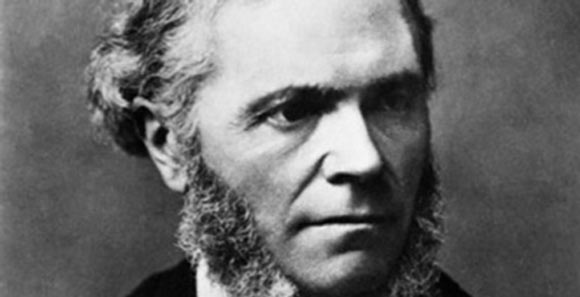
There are few composers, in the classical sense, which are as revered today as is César Franck. Born in 1822 in what is now considered to be Belgium, he personified a seven-decade long career in classical and symphonic music and composed close to two dozen revolutionary pieces, with the inevitable outcome of effortlessly developing a tremendous following in the years to come. Apart from his usual works concerning orchestral and symphonic compositions, Franck also pursued interest in keyboard, vocal and chamber music, creating true masterpieces for the world to hear. His potential and skill for composing, however, was first discovered by his father, Nicholas-Joseph, who supported and enrolled Franck in top-notch conservatories such as the Royal Conservatory of Liege and the Paris Conservatoire, thereby aiding him in producing some of the best musical works of his time in the classical genre. Franck would later demonstrate this potential through winning first place prizes in local musical competitions, while also having an astonishing sense and ear for musical arrangements at such an early age.
Franck began performing from the tender age of 12, where in 1834, his father arranged for him to perform in front of the first King of Belgium, Leopold I. He went on to entertain larger audiences in the years to come, eventually spending some time in Paris with his younger brother, while consistently winning competitions on account of his extraordinary skill with the piano. After shifting interests to the organ and officially being recognized as a professional organist, César Franck would spend the better half of his career taking up teaching musical instruments and compositions as a secondary interest. Although it is widely recognized that the first ever composition to be created by Franck was in the 1850s, what left an indelible mark on future French music were his compositions in the last ten years of his life. In the early years of his career, Franck focused primarily on forming compositions conjoining the organ, piano and sometimes other instruments like the harp and vocals, often labelled as the trio collection. The 1870s saw the likes of Six Pieces and Trios Pieces, displaying the much-heard techniques of crescendo and cyclic form, which include the strong concepts of unity amongst the several sections of a musical piece, and a general build-up of tempo in the arrangement. However, it is only in the 1980s where examples of Symphony in D Minor (1888) and String Quartet in D Major (1889) demonstrate perfect instrumental arrangements, flawless connections between symphonic segments and a complementary blend of emotion and musical form, truly given Franck’s work a world-class and revolutionary touch. What undeniably separated Franck’s earlier versions from the ones later in his life was his decision to inculcate a strong emotional appeal to the music, as well as his constant efforts to introduce religious elements in to his arrangements.
Bearing in mind the vastness that is demonstrated by Franck’s achievements, one finds it hard not to acknowledge the impact his work has had in contemporary music and musical literature. Many consider Franck’s work to have renewed the declining trends French organ and piano music were facing in the 19th century, with some organists like Charles-Marie Widor and Louis Vierne carrying on the foundations laid down by Franck. Along similar lines, his use of the cyclic form, a seemingly ingenious technique in compositions, is the most creative endeavor often applauded by the classical composers of today.